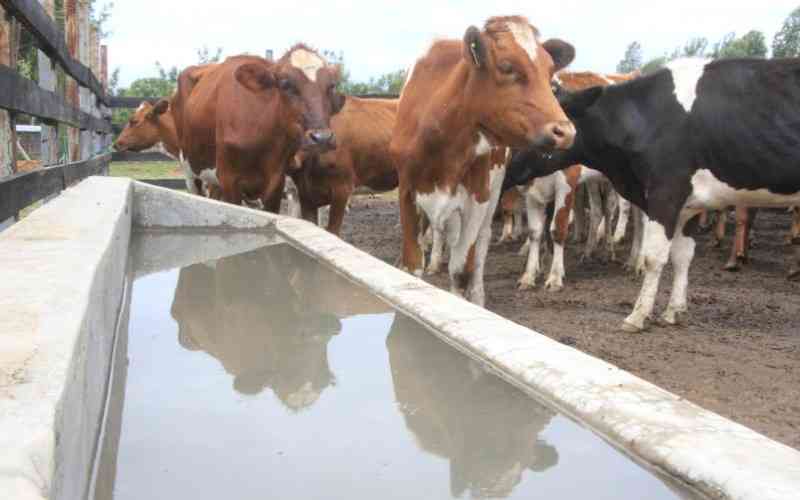×
The Standard e-Paper
Truth Without Fear

Kenya boasts of one of the largest dairy sub-sectors in Africa and is one of the most rapidly growing. This is in terms of robust dairy breeds, productivity, mechanisation and processing of dairy products. Kenya produces about 5.2 billion litres of milk annually from approximately 3.5 million dairy animals with 80 per cent of milk being produced by small-scale farmers who own up to three animals per farm.
As a hobby